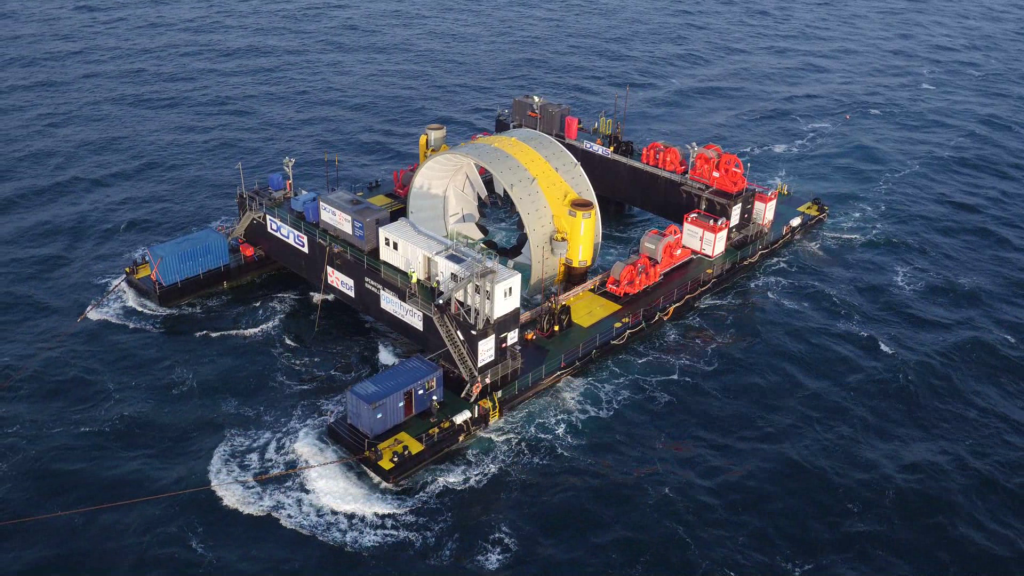
A Scottish minister yesterday warned future investment and jobs were at risk unless the UK government improves the subsidy regime for pumped hydro storage electricity schemes.
Business, Innovation and Energy Minister Paul Wheelhouse called for the Scottish and UK governments to work closely to secure the future of the hydropower industry, which he said had been “overshadowed by bigger debates” about offshore and offshore wind-energy.
Visiting a pumped hydro storage plant at Foyers, near Loch Ness, Mr Wheelhouse said the industry was “at a crossroads”, with new projects coming on-stream but future investments threatened by current subsidy arrangements.
He said: “We’ve clearly got a number of challenges in the energy sector. The oil and gas sector and offshore wind are two that are well-known.
“But what is probably less well-known is the lack of clarity that the pumped hydro developers face as to what the revenue will look like for them if they invest in very major schemes that have high upfront costs.
“It’s a technology that deserves an airing and for the UK Government to actually listen to what we feel is a very strong opportunity, both at a UK level and a Scottish level.
“There will be projects in Wales and Northern Ireland that potentially could be triggered by a more positive financial arrangement for the industry, and it will help balance the energy mix for the UK as a whole.”
He added: “Issues have been overshadowed by bigger debates there have been about offshore wind more recently and onshore wind previously.
“But for pumped hydro storage, if we get a move, say on a cap and floor mechanism from the UK Government, that would allow a longer term visibility about what the revenue stream would be.
“I think that would trigger significant investment and, at a time when we have got a challenge UK-wide because of the Brexit decision, we should not spurn the chance to have major infrastructure projects taking place in our country.”
Mr Wheelhouse said new projects would support many construction jobs and create employment in rural locations.
He added: “We have a great opportunity in Scotland and there are potential opportunities for the Welsh government and for Northern Irish colleagues as well for projects which have either been stalled or could come forward if there is a supportive financial arrangement.
“It is a mechanism the industry is asking for that is very familiar to the UK Government and to Ofgem in terms of its role funding interconnector projects.”
The minister’s comments were welcomed by Lang Banks, director of conservation charity WWF Scotland.
Mr Banks said: “Along with efforts to reduce electricity demand and strengthen interconnectors, increasing our hydro-pumped storage capacity will help make the most of Scotland’s abundant renewables and help deliver a fossil-fuel free power system.
“That is why the UK and Scottish governments need to work with industry to incentivise investment in pumped storage.”
Hannah Smith, policy officer at Scottish Renewables, said: “Cuts to UK Government support in recent years remain a matter of real concern for our members and are likely to mean a sharp downturn in deployment in the next 12 months.
“However the potential for hydro power and pumped storage hydro in Scotland remains strong, and we are working with the Scottish and UK governments to seek clarity over the support this valuable technology can expect to receive in future.”
Mr Wheelhouse will today officially inaugurate RWE Innogy UK’s latest run-of-river hydro scheme in Scotland.
The Cia Aig development, on the Abhainn Chia-aig River, at the eastern end of Loch Arkaig, 20 miles north of Fort William, took two years to build at a cost of just under £12million, and became operational with the first turbine in February 2016.
Recommended for you
